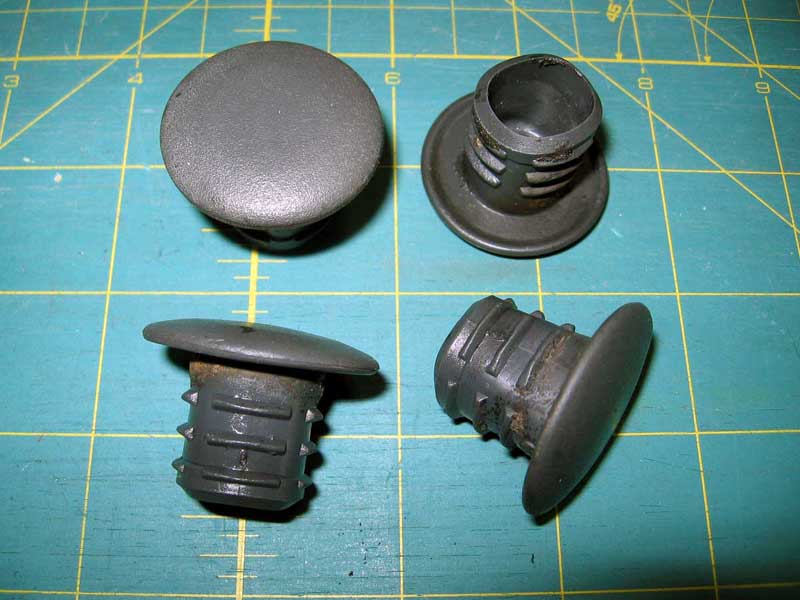 There are different kinds of holes. Some are accidental and others, intentional. Whatever kind a hole may be, it needs to be covered as soon as it has achieved its purpose. Of course, there are cases when holes are really meant to be exposed, but in many instances, they have to be covered and disguised for the entire panel to achieve structural and superficial integrity.
There are different kinds of holes. Some are accidental and others, intentional. Whatever kind a hole may be, it needs to be covered as soon as it has achieved its purpose. Of course, there are cases when holes are really meant to be exposed, but in many instances, they have to be covered and disguised for the entire panel to achieve structural and superficial integrity.
To make holes seemingly disappear, you need to use hole plugs. As widely varied as holes may be, so are the plugs used to seal and conceal them. When you are particularly interested in a smooth finish, you’ll want to use a plug that is of the exact same material and color as the rest of the panel. Its top has to be flat, not mounted, and fitted exactly, so you can’t detect gaps or lines that indicate the presence of a hole.
If you’re not certain what plug to get, you can consult a hole plug selector that’s available in some online hardware retail sites. You usually have to simply enter the panel’s thickness in the unit indicated and then choose from the recommendations generated.
What are some of the most commonly used hole plugs available?
- Liquid tight plugs–These are usually oil-tight, rain-tight, and submersible. If you want no seepage or leakage from the hole, these are the plugs to choose from. The break-through variety is often used to insulate and mechanically protect different electrical and telecommunication lines.
- Finishing dome plugs – These come in multiple sizes, colors, and materials, but are mainly used to close no-longer-needed panel holes and actual electrical knockouts.
- D-subminiature plugs – Used for D-subminiature cutouts, they mainly provide aesthetic improvement for unused connector holes as well as dust protection for various like-sized ports.
- Threaded plugs – These are used specifically for no-longer or not-yet-needed PG and metric threaded holes. They may function as temporary plugs in cases where other threaded accessories may eventually be added.
- Sheet metal plugs – These are typically used to close unneeded holes on automobile bodies, refrigeration units, tanks, and other items made with sheet metal.
- Tubing plugs – Round or square, these are used to plug raw tubing ends. They are fit flush to provide a clean finish.
There are other types as well, such as glossy, pry-out, double-D, shorty, blanking, window, etc. With so many choices, it’s important to go through the different specs to know which plug will work best for the hole you need to close.
